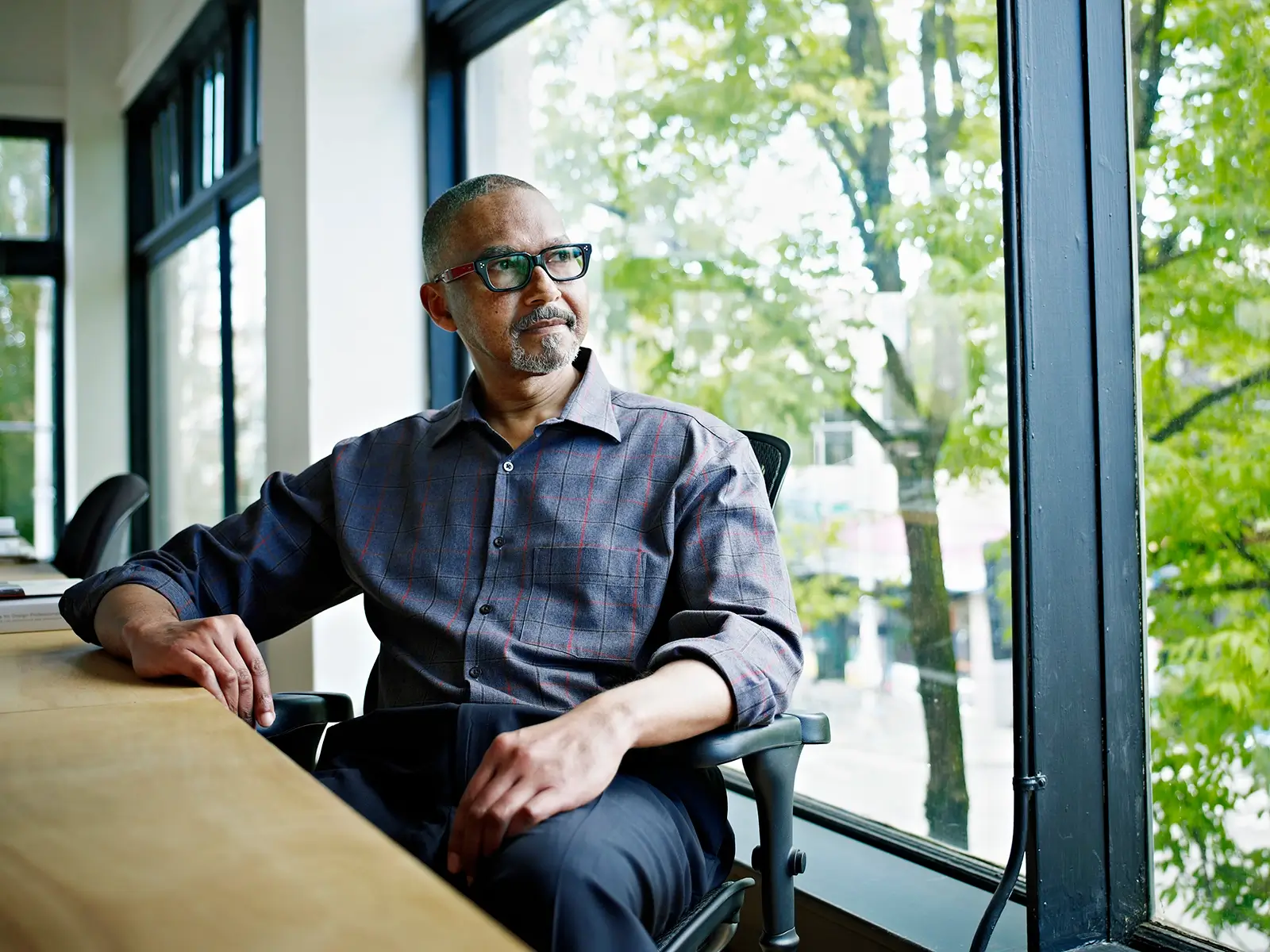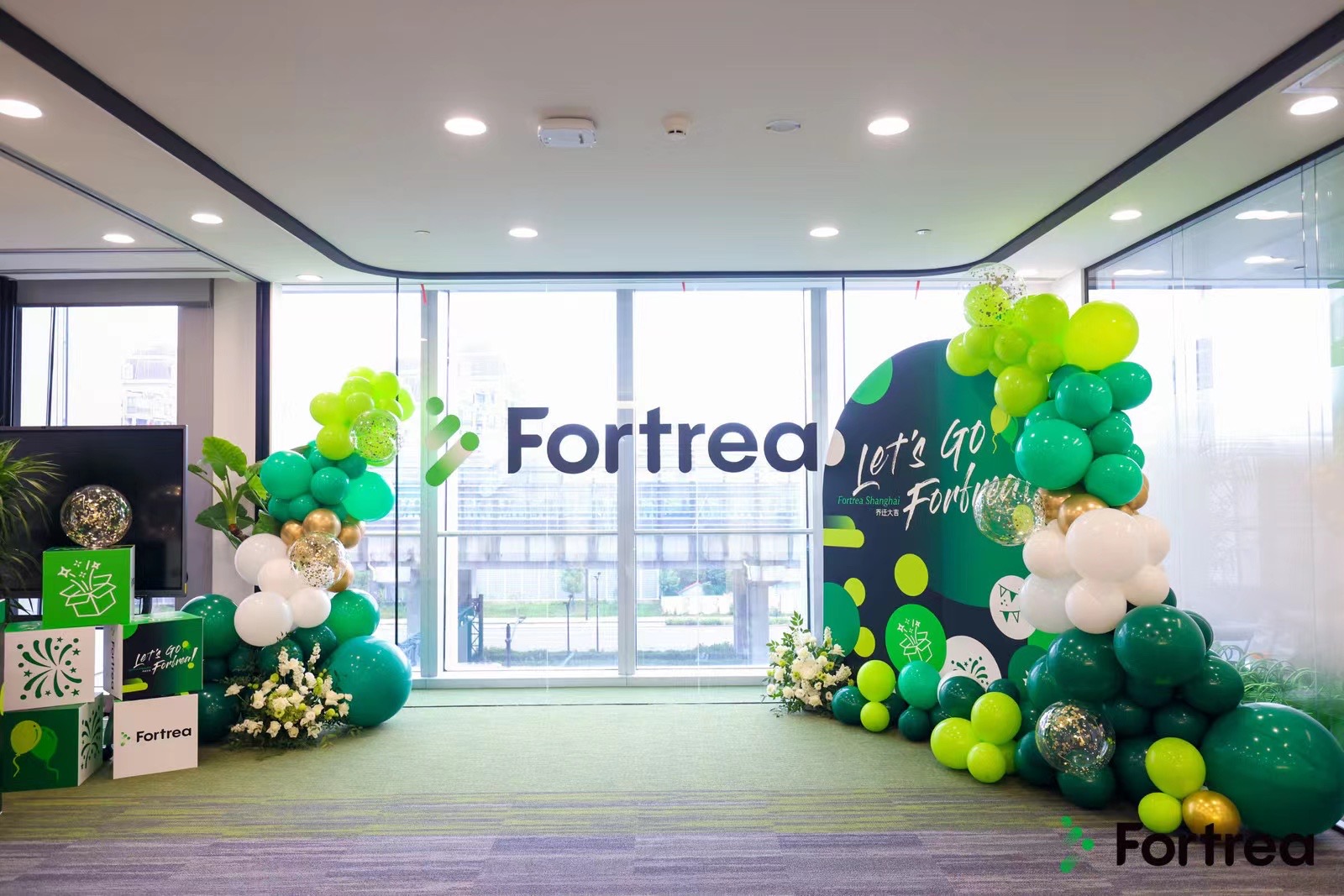Incorporating sustainability into our clinical research operations
Incorporating sustainability into our clinical research operations: A spotlight on Leeds Drapers Yard, U.K.
When Fortrea sought to modernize its Phase I Clinical Research Unit (CRU) in Leeds U.K, they were presented with a unique opportunity to balance the needs of its users with the needs of the environment.
Instead of building a new CRU from the ground up, they looked for a suitable “brownfield” site, which is considered the building equivalent of recycling by repurposing a previously developed property. Not only does this practice eliminate the need for untouched “greenfield” land, but it also reduces the embodied carbon emissions associated with traditional development while taking advantage of the pre-existing infrastructure within an established city.
Together with architects and city leaders, a vacant 1950s landmark building in the heart of Leeds was selected to become a world-class CRU, offering 100 beds for study participants, an onsite cGMP pharmacy, a processing laboratory, kitchens, consultation rooms and pharmacodynamic rooms.
From construction to energy use and behavioral changes, learn how sustainable practices have guided Fortrea’s vision to deliver life-changing research in this MHRA Phase I Accredited CRU.
Reducing the environmental impact—from the start
Following a sustainable procurement plan, materials and products for the Leeds CRU refurbishment followed ISO standards of responsible sourcing, emphasizing local materials and products whenever possible. For example, Fortrea sought out sustainably harvested products and sourced durable and heat-retentive materials for optimal thermal comfort.
The practice of reuse also helped reduce landfill waste as furniture from the former CRU sites was either reused in other projects, re-purposed or made available to staff. Two charities, PhysioNet and Waste to Wonder, redistributed redundant furniture and equipment to disadvantaged communities around the world, receiving more than £36K of office furniture from Fortrea—and saving an estimated 36,296 kg of carbon emissions.
Designing for efficiency, health and well-being
Thoughtful design elements also guided the construction and buildout. Remnant materials were used to create bat boxes (artificial roosts) for the building’s exterior, promoting connections to local species. The rooftop terrace was stocked with native plants to support and conserve the local ecosystem.
For the interior, spaces were created to support health and comfort with a glare control system that maximizes natural light, indoor air filtration, including indoor trees, and acoustic insulation materials. Sit/stand desks were provided to employees along with a mobile hot desk environment, designed to minimize redundant spaces with today’s mobile workforce.
Efficient uses of energy and resources were also incorporated into every aspect of the building.Rooftop photovoltaic panels support energy efficiency by generating energy for the building. To reduce energy consumption, energy meters monitor current energy consumption at the CRU and identify areas where energy can be conserved. In terms of water use,a site-wide water metering and leak detection system help avoid excessive water waste, while efficient appliances, such as low-volume and dual flush toilets, low-water showers and aerated/spray taps, reduce the use of potable water.
Encouraging lower-impact transportation methods
The CRU’s city center location offers easy access to public transportation for volunteers, colleagues and clients. To further reduce carbon emissions and air pollution associated with personal transportation, the CRU was designed with cyclist facilities, offering secure bicycle storage, shower rooms, changing spaces and personal lockers. And, to encourage the use of vehicles with less environmental impact, 14 charging stations are available for electric vehicles and 12 parking spaces are dedicated to motorcycles.
Earning a “Very Good” BREEAM rating
Following guidance specified as part of the Building Research Establishment Environmental Assessment Methodology (BREEAM) in the UK, the building underwent a holistic environmental certification to analyze its environmental, social and economic sustainability performance against established benchmarks. Based on the CRU building's specification, design, construction and use, the Leeds Drapers Yard facility was pleased to earn a “Very Good” BREEAM rating.
Making a difference with cumulative efforts
Since the building opened, Fortrea employees have continued to implement additional initiatives and contributed to reductions in carbon emissions. For example, they have reduced the amount of incinerated clinical waste, reduced the number of printers, switched to chemical-free cleaning solutions, and reduced plastic waste through new trash can liner systems and bio bins as well as provided reusable drink containers for onsite staff. Together, these actions have added up to a reduction of more than 5 tons of carbon emissions every year.
With innovation, sustainability and occupant well-being in mind, Leeds Drapers Yard is truly a world-leading CRU, highlighting Fortrea’s commitment to manage the complexities of early phase clinical trials in an environmentally sustainable manner.


